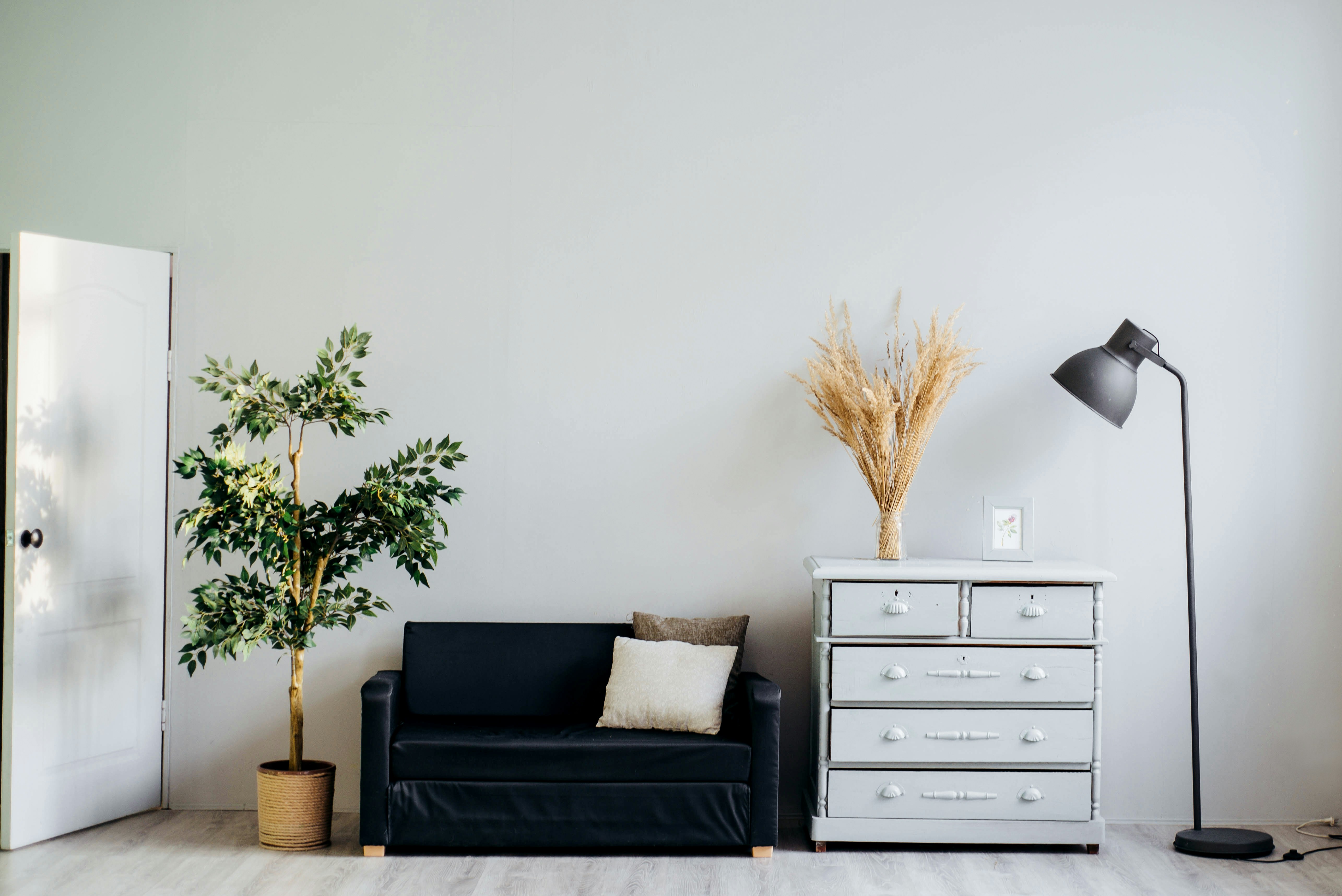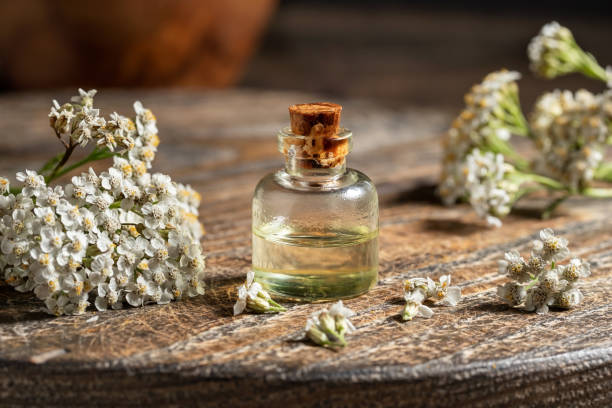"Reviving the Art of Trompe-l'oeil in Modern Home Decor"
Introduction: The art of illusion isn't just for magicians—it's also a design secret weapon. Trompe-l'oeil, a French term meaning 'deceive the eye,' is a centuries-old technique that uses realistic imagery to create optical illusions. Today, this art form is experiencing a revival in home decor, offering a unique blend of history, artistry, and modern style.

The Historical Roots of Trompe-l’oeil
Trompe-l’oeil dates back to Ancient Greece and Rome, where artists used it to transform ordinary walls into grand architectural landscapes. During the Renaissance, it gained popularity as a way to fool the eye into seeing depth and space on a flat surface. This technique was often used in frescoes, murals, and architectural detailing, creating an immersive experience that blurred the line between reality and illusion.
The Modern Resurgence of Trompe-l’oeil
Today, trompe-l’oeil is making a comeback with a contemporary twist. Modern artists and designers are using this technique to create stunning illusions in residential spaces. From faux marble countertops to wallpaper that mimics bookshelves, trompe-l’oeil adds a touch of whimsy and sophistication to any home.
Practical Applications of Trompe-l’oeil in Home Decor
Trompe-l’oeil isn’t just about aesthetics—it’s also a practical design solution. For small spaces, it can create the illusion of depth and size. For example, a wallpaper mural with a trompe-l’oeil effect could make a room appear larger or give the illusion of an additional window. It’s a cost-effective way to transform a space without major renovations.
Current Market Trends and Popularity
The current home decor market is embracing trompe-l’oeil. Consumers are drawn to its flexibility and the unique touch it adds to a space. Plus, it’s an affordable way to incorporate personalized art into interior design. As more people seek to express their individuality through their home decor, trompe-l’oeil is expected to continue trending upward.
Trompe-l’oeil Enhancing Daily Living
Apart from aesthetics and practicality, trompe-l’oeil enhances daily living by creating visually stimulating environments. It sparks curiosity and encourages creativity, turning a plain wall into a conversation piece. Whether it’s a surreal ceiling mural or a cleverly disguised storage unit, trompe-l’oeil brings surprise and delight into our homes.
In conclusion, trompe-l’oeil is more than just a historical art form—it’s a modern design tool that marries beauty, practicality, and individual expression. Its revival in home decor is testament to its timeless appeal and versatility. So the next time you’re thinking about a home makeover, consider the magic of trompe-l’oeil.






